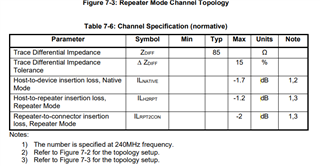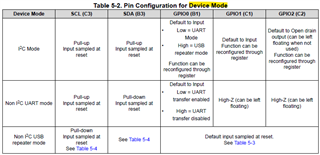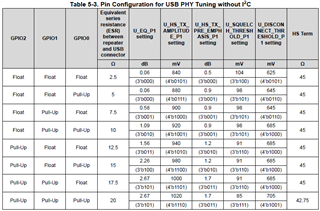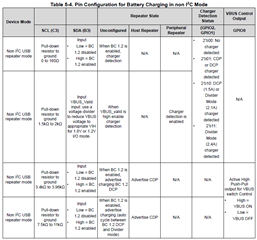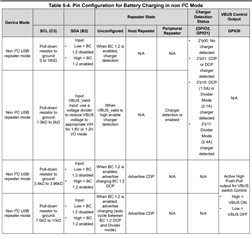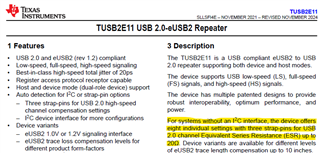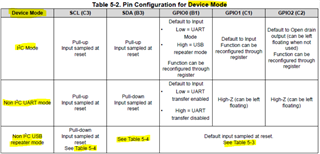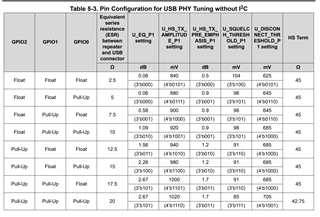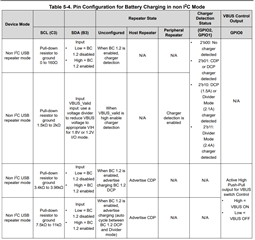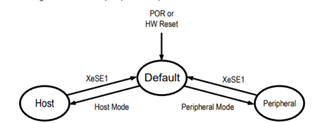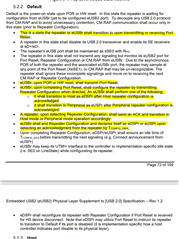Tool/software:
Application : The eUSB2 Repeater operates in FS mode (12MHz) and is placed on the device side...
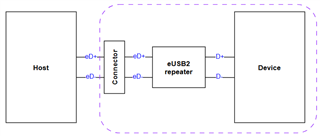
In this case, the length of the eUSB2 layout path will increase. Therefore, we have some questions for you.
- What is the standard for the length of the eUSB2 layout path with the eUSB2 repeater?
- Is it necessary to configure the eUSB2 and USB2 signals?
- If the answer is Yes,
- Could you provide the repeater’s power on sequence and we want to know the interval between “ reset release ” & “ I2C start working ”
- Could you provide more information for systems without an I2C interface ?
- If the answer is Yes,
(e.g. Pin Configuration for Host Mode, System Implementation without I2C)


